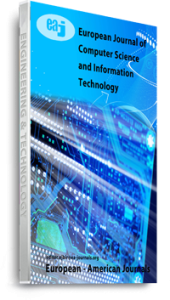Message queues represent a foundational element in modern distributed architectures, providing robust asynchronous communication channels that ensure reliable data synchronization across disparate system components. This article examines how message queues function as critical infrastructure elements that enable resilient data systems. By decoupling producers from consumers, message queues create logical separation between components, allowing them to operate independently while maintaining data consistency. The article explores the core components of message queue systems—producers, queues, consumers, and brokers—and details their operational mechanics from message publication through persistence, consumption, and data application. It analyzes key implementation patterns including Change Data Capture, Event Sourcing, and the Outbox Pattern, while addressing technical considerations for technology selection, monitoring, and best practices. The comprehensive examination demonstrates how message queues provide significant benefits through enhanced resilience, data integrity guarantees, and scalable processing capabilities, making them essential architectural components for organizations building distributed systems that can adapt to changing business requirements while maintaining operational stability.
Keywords: asynchronous communication, data synchronization, distributed systems, message brokers, system resilience

